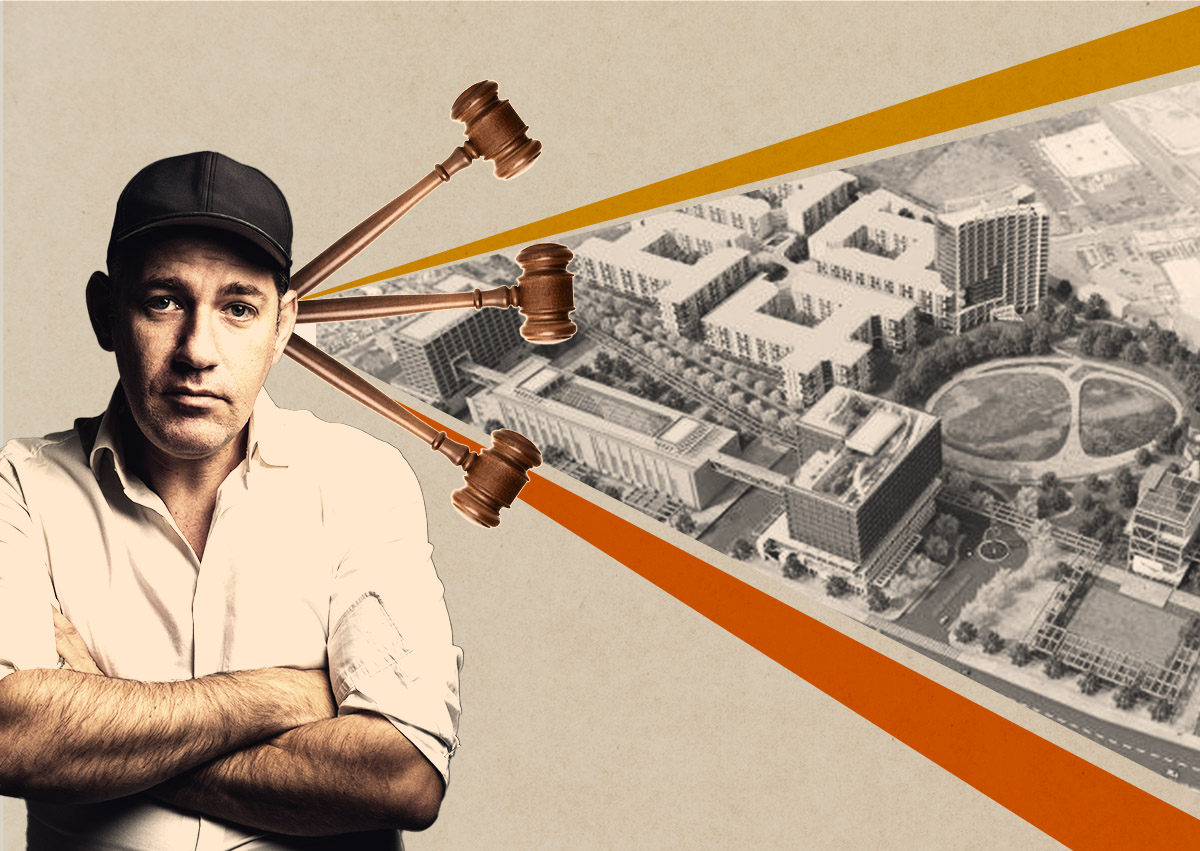As cities across California continue to resist builder’s remedy projects, the state’s Housing and Community Development Department on Tuesday issued a guidance letter that could effectively undercut their arguments and bolster the legal durability of the controversial provision.
“This is builder’s remedy 2.0,” said Dave Rand, a land use attorney with Rand Paster & Nelson who represents the developer Leo Pustilnikov and ranks among the state’s leading builder’s remedy attorneys. “This should give cities pause and cause them to think twice about rolling the dice in court.”
The agency’s new guidance comes in the midst of a fight between Pustilnikov’s team and the City of Beverly Hills. Pustilnikov has filed or is preparing to file a total of around a dozen builder’s remedy projects in the wealthy city, which is still susceptible to the penalty, according to HCD, because it has failed to produce an updated housing plan that has received the agency’s sign off. Under California law, every jurisdiction must produce a state-approved version of the so-called Housing Element, which outlines local housing planning on an eight-year cycle. The penalties for failing to do so include the builder’s remedy, which allows developers to bypass local zoning rules for residential projects that meet certain affordability thresholds.
“We’re going to end up at 850 to 1,200 units, depending on where things land,” Pustilnikov, who has also filed builder’s remedy applications in Redondo Beach and Santa Monica, told TRD earlier this month. “It’ll only be like 10 or 15 percent of the total multifamily housing stock in Beverly Hills.”
Pustilnikov’s largest and most controversial proposal in the city is for a high-rise project at 125-129 South Linden Drive, in a residential area off Wilshire Boulevard. The developer, who bought the property for $16 million in 2019, filed a preliminary builder’s remedy application in October for a 16-story multifamily project with 200 apartment units, then expanded the plans in April to a 19-story structure that would include 165 apartments and a 73-key hotel.
But Beverly Hills has so far refused to accept that application, ruling it incomplete. More importantly, the city is asserting that it’s actually not susceptible to builder’s remedy at all, relying on an argument that the city itself had found its Housing Element in compliance despite HCD’s position to the contrary.
It’s an argument that other California cities attempting to stave off builder’s remedy projects, including La Cañada Flintridge, have also made, on the hope that a sympathetic judge would take their side in a highly nuanced legal fight that doubles as a broad challenge to the state agency’s authority.
“These cities are inviting lawsuits,” Chris Elmendorf, a law professor at UC Davis and noted builder’s remedy authority, wrote on Twitter. “And when those suits are brought it’s not at all clear whether courts will defer to the city or to HCD on the question of substantial compliance.”
The new letter from the Sacramento agency to Rand, however, highlights another part of the relevant state law that could obviate the need for any “substantial compliance” debates. Under a different section of The Housing Accountability Act, HCD determined, cities are also susceptible to builder’s remedy projects if they have failed to come up with an adequate list of potential housing sites in their updated elements. The site inventory is a critical part of the document.
The technicality means that cities such as Beverly Hills — which has not produced an adequate potential site list, according to HCD — likely face even slimmer odds of successfully arguing in court that they should not be subject to builder’s remedy.
“So what this is is a checkmate argument,” asserted Rand, who inquired with the agency about the section of state code after it caught his attention late one night. “The walls are closing in on cities who are holding onto this notion that a court is going to bail them out.”
“This is a big deal,” added Elmendorf.
It was also news to the City of Beverly Hills. A representative said city staff had not been aware of the technical letter until it was brought to their attention by TRD, and the city attorney did not yet have a response.
Read more



